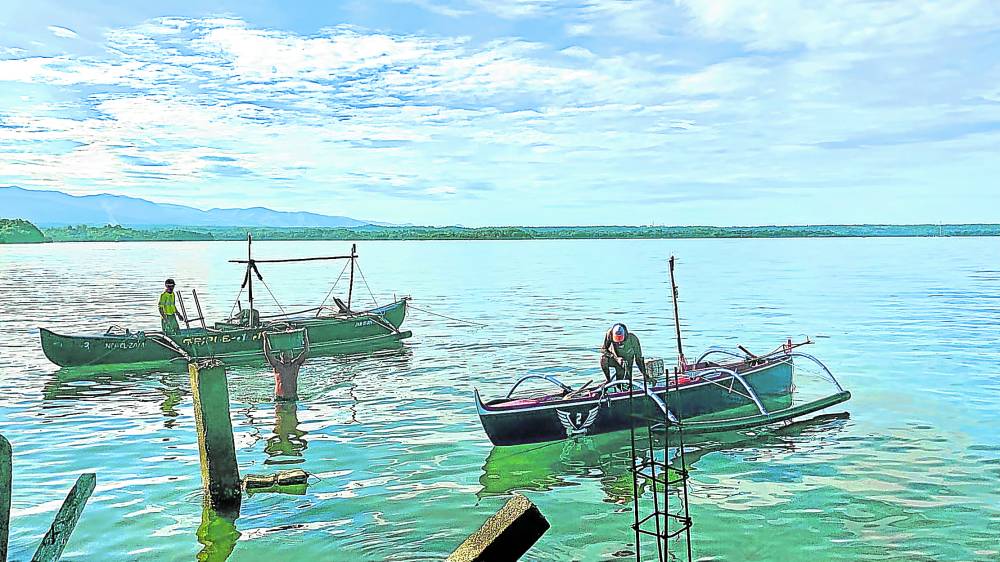
TURNING THE TIDE The Philippine Fisheries and Coastal Resiliency (FishCoRe) project hopes to lift some 350,000 fisherfolk from poverty. The intended beneficiaries are those located in 24 coastal provinces, such as these villagers in Masinloc town, Zambales, in this photo taken on April 9. —JOANNA ROSE AGLIBOT
Malacañang on Thursday said the National Economic and Development Authority (Neda) had approved an P11.2-billion, seven-year project that seeks to lift 350,000 fisherfolk in 24 coastal provinces out of poverty while ensuring food security.
Socioeconomic Planning Secretary Arsenio Balisacan, who is also the Neda director general and vice chair, announced the approval of the Philippine Fisheries and Coastal Resiliency (FishCoRe) project that will mostly be funded by a loan from the World Bank (WB).
The announcement came after President Marcos, who sits as Neda chair, held his first meeting with officials of the socioeconomic planning body led by Balisacan.
In a statement, Neda said that of the P11.2-billion total project cost, P9.6 billion will come from the official development assistance provided by the WB.
The remaining P660.6 million will be shouldered by the government through the Department of Agriculture’s Bureau of Fisheries and Aquatic Resources (DA-BFAR), the project’s main implementor.
The remaining P1.16 billion will come from private sector partners and beneficiary groups or cooperatives.
The President noted the timeliness of the project and how it could help reduce the problem of overfishing, the Palace said in a separate statement.
“For some reason, aquaculture is not flourishing, it’s not being developed,” Mr. Marcos said, as quoted in the statement. “That’s why this is important for me. I think this is where—if not all, it will be part of our food supply. It will give very good income for our fisherfolk.” At a briefing, Balisacan said FishCoRe was conceived to address problems in the fishery sector, such as the declining catch, high postharvest losses and widespread poverty among fisherfolk.
Country of 12 FMAs
The seven-year investment that is expected to start in early 2023 will support the implementation of reforms in local fisheries and aquaculture management and ultimately boost production in selected areas.
Targeting the creation of almost 27,000 jobs, FishCoRe also seeks to build more infrastructure and facilities for the sector to further encourage enterprising fisherfolk.
According to the DA, the BFAR has divided the Philippine archipelago into 12 FMAs, or fisheries management areas, where the department will “implement area-specific policies and initiatives to sustainably manage fishery resources through a science-based and participatory governance framework.”
The project will be implemented in two FMAs—6 and 9—that cover 11 regions and 24 provinces, with a total area of 32 million hectares of coastal and marine waters. It will benefit 354,906 fisherfolk registered in those provinces, the DA said in an earlier statement on the project.
The coastal waters covered under FMA 6 are in the northern part of the West Philippine Sea, including Pagudpud Bay, Subic Bay, Manila Bay to Lubang Island. FMA 9 covers the Bohol Sea, Panguil Bay, Iligan Bay, Gingoog Bay, Butuan Bay and Sogod Bay, it added.
RELATED STORY:
SSS improves payment terms for farmers, fisherfolk